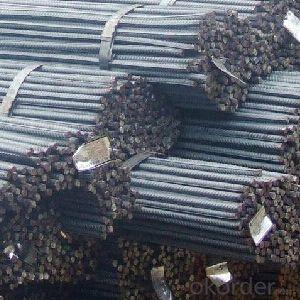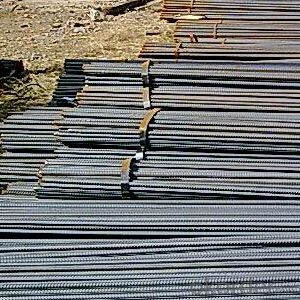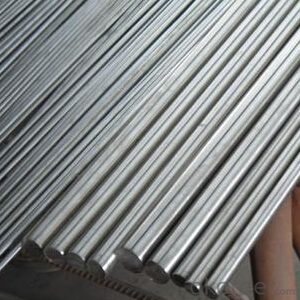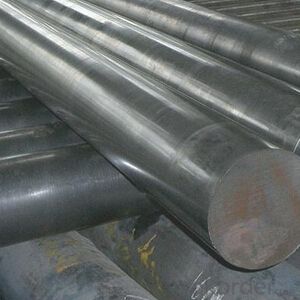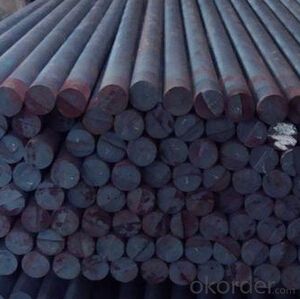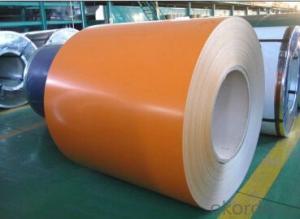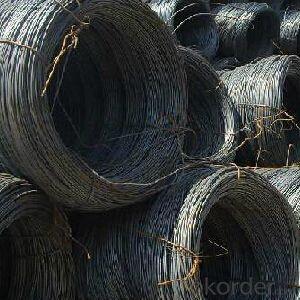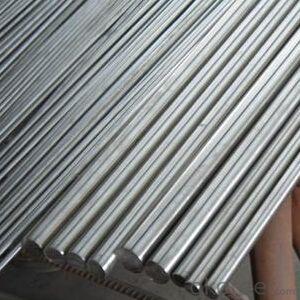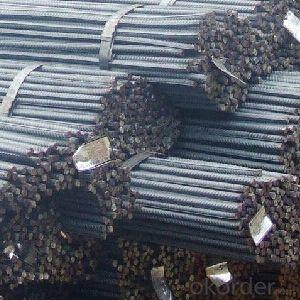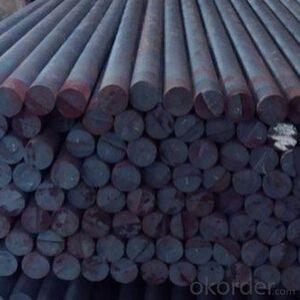The World's Best Rebar From Chines MILL
- Loading Port:
- Tianjin
- Payment Terms:
- TT OR LC
- Min Order Qty:
- 2666 m.t.
- Supply Capability:
- 5000 m.t./month
OKorder Service Pledge
OKorder Financial Service
You Might Also Like
1.Structure of Wire Rod Steel for Construction Description
the wire rod steel for construction that we offer have been used in civil construction work for years.
2.Main Features of the Wire Rod Steel for Construction
fasteners, bolts, rivets, screws,
general purpose wires,
electrode wires, industrial wires, agriculture wires,
bush wires, chain rivet wires,
detonator wire,
Umbrella ribs, upholstery wires, cycle spokes, needle wires, heald wires, staple pin Wire, safety pin wires
ACSR wires, earth wires,
tyre and hose reinforcement wires,
prestressed concrete wire, springs and rope wires,
card clothing wires,
vineyard wires,
ball bearing quality
Automobile parts like screw, fasteners, bush, spline, socket, connecting rod, shaft, gear, rivets, engine shaft, connecting rod, spindles, gears, etc.
3.Wire Rod Steel for Construction Images
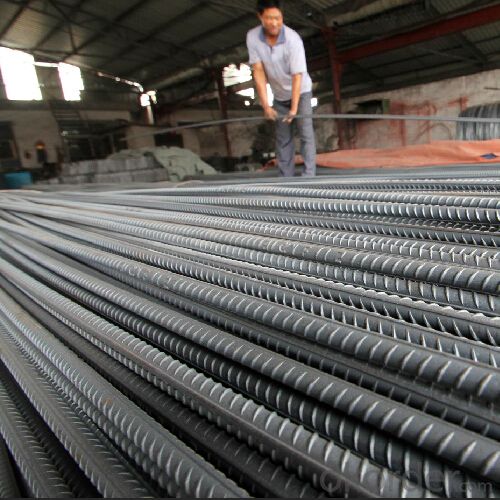
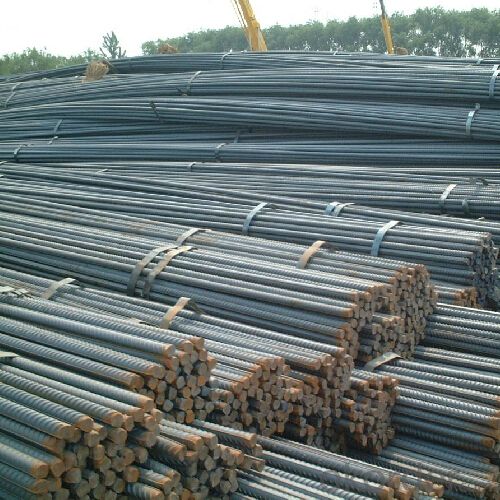
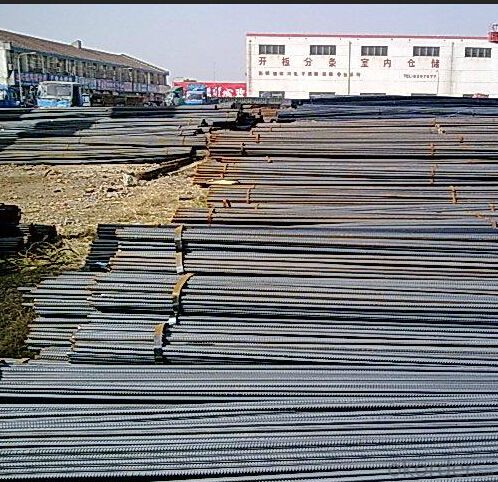
4.Wire Rod Steel for Construction Specification
Grade | Chemical Composition(%) | |||||
C | Mn | Si | S | P | B | |
SAE1006B | 0.03~O.07 | ≤0.32 | ≤0.30 | ≤0.045 | ≤0.040 | >0.0008 |
Mechanical properties | ||||||
Yield strength(N/mm2) | Tensile strength(N/mm2) | Elongation(%) | ||||
250-280 | 350-380 | ≥32 | ||||
Grade | Chemical Composition(%) | |||||
C | Mn | Si | S | P | B | |
SAE1008B | 0.10max | 0.3~O.50 | 0.15max | 0.050max | 0.040 max | 0.0008 min |
Mechanical properties | ||||||
Yield strength(N/mm2) | Tensile strength(N/mm2) | Elongation(%) | ||||
≥195 | 315-430 | ≥30 | ||||
5.FAQ of Wire Rod Steel for Construction
1.What is your minimum order quantity ?
Our MOQ is 500mt .
2.Please tell me the daily output and wire rod mill’s brand ?
Our daily output is 4000mt/day and our rolling mill from Germany’s SMS MEER
3.Which countries are your main sales?
Thanks to the professional international trade team, solid distribution channel and long – term cooperation customers, our market share in overseas realizes a tremendous growth, now we already became a main player in Middle East and South East Asia. Meanwhile, we are also the biggest supplier of Pre-painted galvanized steel coil in Philippines, Saudi Arabia, United Arab Emirates, Iran, Sudan etc.
- Q: How are steel strips processed for fastening?
- Steel strips are processed for fastening through a series of steps to ensure their suitability for various applications. The processing begins with the selection of high-quality steel, which is then rolled into thin strips of the desired thickness. These strips are then subjected to cleaning processes such as degreasing or pickling to remove any impurities or contaminants. After cleaning, the steel strips go through a process called annealing, where they are heated and slowly cooled to relieve internal stresses and improve their ductility. This makes the strips easier to work with and less prone to cracking or breaking during fastening. Once annealed, the steel strips can undergo further treatments based on the specific requirements. For example, they may be coated with protective layers such as zinc or galvanized coatings to enhance corrosion resistance. This is particularly important for fastening applications where the steel strips will be exposed to harsh environmental conditions. To achieve the desired shape and dimensions, the steel strips are then cut and shaped using various methods such as shearing, slitting, or stamping. These processes allow the steel strips to be tailored to the specific fastening requirements, ensuring a precise fit and optimal performance. Finally, the processed steel strips are often subjected to quality control checks to ensure they meet the required standards. This may involve testing for mechanical properties, dimensional accuracy, surface finish, and overall integrity. Overall, the processing of steel strips for fastening involves a combination of cleaning, annealing, coating, shaping, and quality control measures. These steps ensure that the steel strips are well-prepared and suitable for a wide range of fastening applications, providing strength, durability, and reliability.
- Q: What are the specifications for steel strips used in the production of springs for firearms?
- The specifications for steel strips used in the production of springs for firearms vary depending on the specific requirements of the firearm manufacturer and the intended use of the springs. However, there are some common specifications that are generally followed in the industry. 1. Material: The steel strips used for springs in firearms are typically made from high carbon or alloy steels. These steels are chosen for their strength, durability, and ability to withstand the recoil forces generated by the firearm. 2. Hardness: The hardness of the steel strips is an important specification as it directly affects the spring's ability to resist deformation and maintain its shape under load. The hardness is usually specified in terms of Rockwell hardness (HRC) or Brinell hardness (HB) and is typically in the range of 45-55 HRC or 450-550 HB. 3. Thickness: The thickness of the steel strips is determined based on the required strength and flexibility of the spring. Thinner strips are generally used for lighter springs, while thicker strips are used for heavier springs. The thickness can range from a few hundredths of an inch to a few tenths of an inch, depending on the specific application. 4. Width: The width of the steel strips is another important specification, as it determines the overall size and shape of the spring. The width is typically chosen to match the design requirements of the firearm and can range from a fraction of an inch to several inches. 5. Surface Finish: The surface finish of the steel strips is often specified to ensure smooth operation and reduce friction between the spring and other components. Common surface finishes include polished, ground, or coated finishes. 6. Tensile Strength: The tensile strength of the steel strips is a measure of its ability to resist breaking under tension. It is usually specified in terms of the ultimate tensile strength (UTS) and is typically in the range of 130,000-200,000 psi (pounds per square inch). 7. Yield Strength: The yield strength of the steel strips is a measure of its ability to resist permanent deformation under load. It is typically specified as a percentage of the UTS and is usually around 75-85% of the UTS. These specifications ensure that the steel strips used in the production of springs for firearms are strong, durable, and able to withstand the harsh operating conditions of firearms. They also ensure that the springs function reliably and consistently, contributing to the overall performance and safety of the firearm.
- Q: How are steel strips used in the production of elevator components?
- Due to their strength, durability, and versatility, steel strips find widespread application in the manufacturing of elevator components. Elevator guide rails, for instance, heavily rely on these strips as they provide essential support and guidance for the elevator car and counterweight, guaranteeing a smooth and secure movement. To construct the base structure of the guide rails, steel strips are meticulously designed and manufactured from high-quality steel capable of enduring the immense loads and continuous usage experienced by elevator systems. Moreover, steel strips are employed in the production of various other elevator components, including brackets, which are responsible for securely holding different parts of the elevator system together, ensuring stability and reliability. The strips offer the necessary strength and rigidity to bear the weight of the elevator car, counterweight, and other moving elements. Additionally, steel strips are custom-made and shaped to fit the specific dimensions and design requirements of elevator doors. These strips serve as the frame or reinforcement for the door panels, imparting strength and stability while permitting seamless opening and closing. In conclusion, the utilization of steel strips is of paramount importance in the manufacturing of elevator components. Their exceptional strength, durability, and stability enable elevator systems to withstand the rigors of heavy loads, constant usage, and various forces encountered in vertical transportation.
- Q: Can steel strips be used in high-temperature applications?
- Yes, steel strips can be used in high-temperature applications. Steel is known for its excellent strength and heat resistance, making it suitable for various industries that require materials to withstand extreme temperatures. However, the specific grade of steel and the operating conditions should be considered to ensure its suitability for a particular high-temperature application.
- Q: How are steel strips used in the production of telecommunications equipment?
- Steel strips are often used in the production of telecommunications equipment for various purposes such as housing components, enclosures, brackets, and support structures. These strips provide strength, durability, and stability to the equipment, ensuring its stability and protection. They are also used for grounding purposes, electromagnetic shielding, and as a base material for mounting various electronic components. Overall, steel strips play a crucial role in the manufacturing of telecommunications equipment by providing structural integrity and functionality.
- Q: What is the role of steel strips in the manufacturing of consumer goods?
- The role of steel strips in the manufacturing of consumer goods is primarily to provide strength, durability, and structural support to the final product. Steel strips are often used in various industries, including automotive, appliances, construction, and packaging, to reinforce and enhance the quality of consumer goods.
- Q: Can steel strips be used in the medical industry?
- Yes, steel strips can be used in the medical industry. They are commonly used in medical devices such as surgical instruments, implants, and orthopedic equipment due to their strength, durability, and corrosion resistance.
- Q: What is the typical machinability of steel strips?
- The machinability of steel strips can vary depending on several factors, including the grade of steel, its hardness, and the machining process used. Generally, steel strips are known for being easily machinable and are widely used in various industries due to their excellent mechanical properties, durability, and versatility. When it comes to machining steel strips, processes like milling, turning, drilling, and grinding are commonly employed. These processes are efficient on steel strips because they require relatively low cutting forces and offer good chip control. Steel strips can be easily machined to achieve precise dimensions, smooth surface finishes, and tight tolerances. However, it is important to note that different grades of steel exhibit varying machinability characteristics. For instance, low carbon steel strips are highly machinable due to their softness and ductility. On the other hand, high carbon or alloy steel strips may require more effort and specialized tooling to achieve desired machining results. Additionally, the hardness of the steel strip can also impact its machinability. Hardened steel strips, commonly used in tooling applications, may necessitate advanced machining techniques like grinding or electrical discharge machining (EDM) to achieve the desired results. In conclusion, while steel strips generally have good machinability, it is crucial to consider factors such as the specific grade of steel, hardness, and machining process. For optimal results, it is advised to consult the manufacturer's guidelines or seek expert advice when machining steel strips.
- Q: How are steel strips used in the mining industry?
- Steel strips are commonly used in the mining industry for various purposes such as reinforcing tunnels, supporting structures, and constructing conveyor belts.
- Q: How are steel strips used in the manufacturing of storage racks?
- Steel strips are commonly used in the manufacturing of storage racks as they provide strength, stability, and durability to the structure. These strips are often shaped and formed into various components, such as uprights, beams, and bracing, which are then assembled to create the frame of the storage rack. The steel strips also help to distribute the weight and load evenly across the rack, ensuring its stability and ability to hold heavy items.
Send your message to us
The World's Best Rebar From Chines MILL
- Loading Port:
- Tianjin
- Payment Terms:
- TT OR LC
- Min Order Qty:
- 2666 m.t.
- Supply Capability:
- 5000 m.t./month
OKorder Service Pledge
OKorder Financial Service
Similar products
Hot products
Hot Searches
Related keywords
